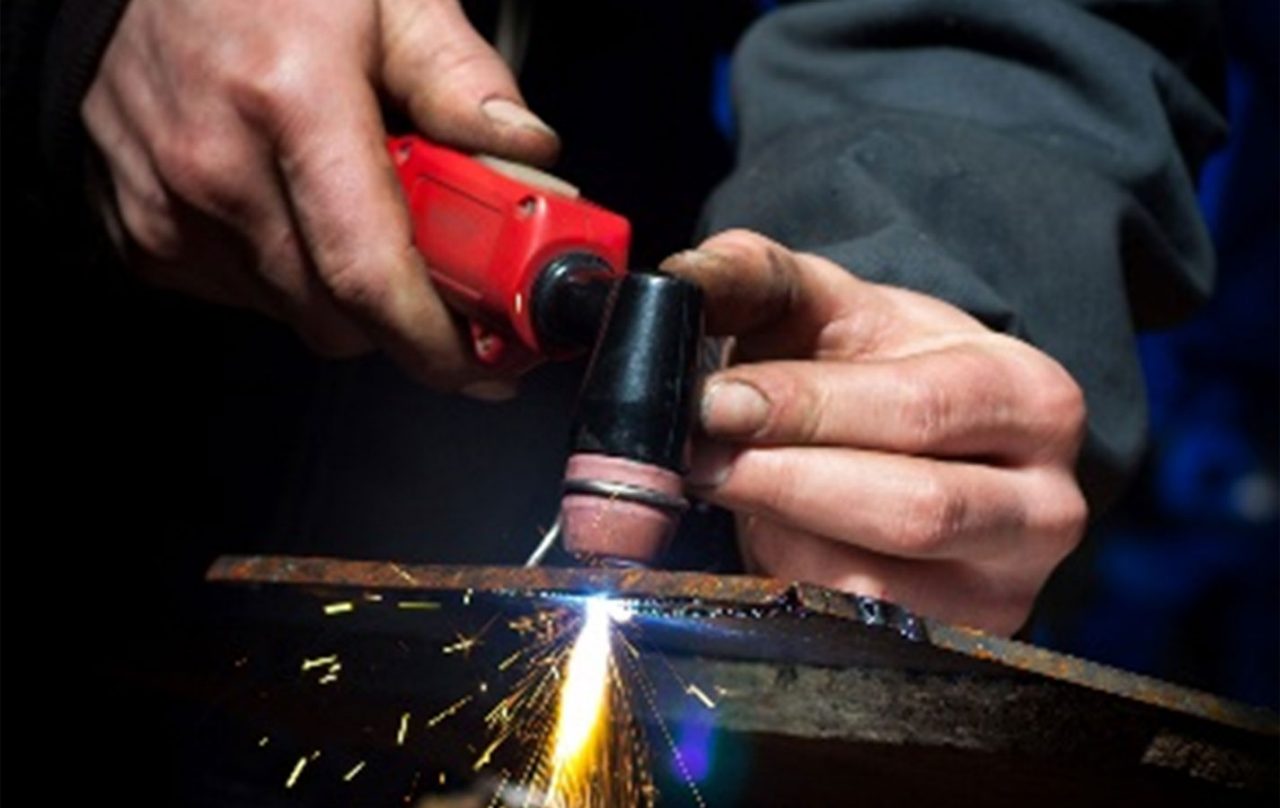Features and Benefits
Overview
Life science OEMs, along with manufacturers of industrial laser equipment that rely on fiber optics risk, light reflecting off the interface, interfering with transmission. Fiberguide Motheye Anti-Reflective Technology employs a proprietary process using nano-structures smaller than light wavelengths to create an anti-reflective effect.
Anti-reflective coatings have low damage thresholds, resulting in improved but still less-than-desirable transmission performance. Fiberguide Motheye Anti-Reflective Technology provides a high damage threshold, allowing for increased energy input and improved durability.
Specifications
Anti-Reflection Type:
Randomized nano surface
Wavelength Range:
400-1550nm
Fiber Sizes:
3µm up to 2.00mm core
Broadband Reflectivity:
<0.5% from 460 to 1550nm over 1090nm
Angle of Incidence:
0 to 60˚
Laser Damage Threshold:
59 J/cm2, Tested at 1064nm, 16.4ns, 20Hz, Spot Diameter 0.405mm
Fiber Types:
All Silica
Optical Fiber
Hard Clad Fiber
Buffer Types:
Acrylate
Aluminum
Gold
Nylon
Polyimide
Tefzel
Assembly Types:
Single Fiber Assemblies
Custom Bundle Assemblies
1D Arrays Connector
Connector Types:
905 SMA
906 SMA
FC/PC
FC/UPC
FC/APC
ST/PC
ST/UPC
ST/APC
Cleaved Ends
Polished Ends
Round 2.5mm Ferrule
FD-80 High Power Connector
905 High Power Connector
1D Arrays
Custom Connector
Frequently Asked Questions
What is reflectance?
When the light meets the interface at normal incidence, the intensity of light reflected is given by the reflectance,
R: 𝑅=(no-ns)/(no+ns)².
Where no and ns are the refractive indices of the first and second media, respectively.
- Increasing refractive index difference leads to increasing reflectance
- Reflectance can be reduced by decreasing the refractive index difference
What is Motheye AR technology?
The conical nature of nano-structures creates an AR effect
- Nano-structures are smaller than the wavelength of light • The field of the light wave “sees” combination refractive index (air and glass)
- As light propagates through the conical nano-structure, the refractive index gradually increases due to the gradual increase in size of the structure (Gradient), leading to very little to no reflected light
- The AR effect is broad band with no angle dependency, acceptance angles up to 60°
What are the disadvantages of traditional AR coating?
- Index matching
- Lower index films on optical element reduces reflection single or multilayers using destructive interference
- Multilayer interference
- Thin film of precise thickness to produce destructive interference multilayer films can reduce reflection to 0.1% or better
- Highly wavelength dependent
- Narrow band







